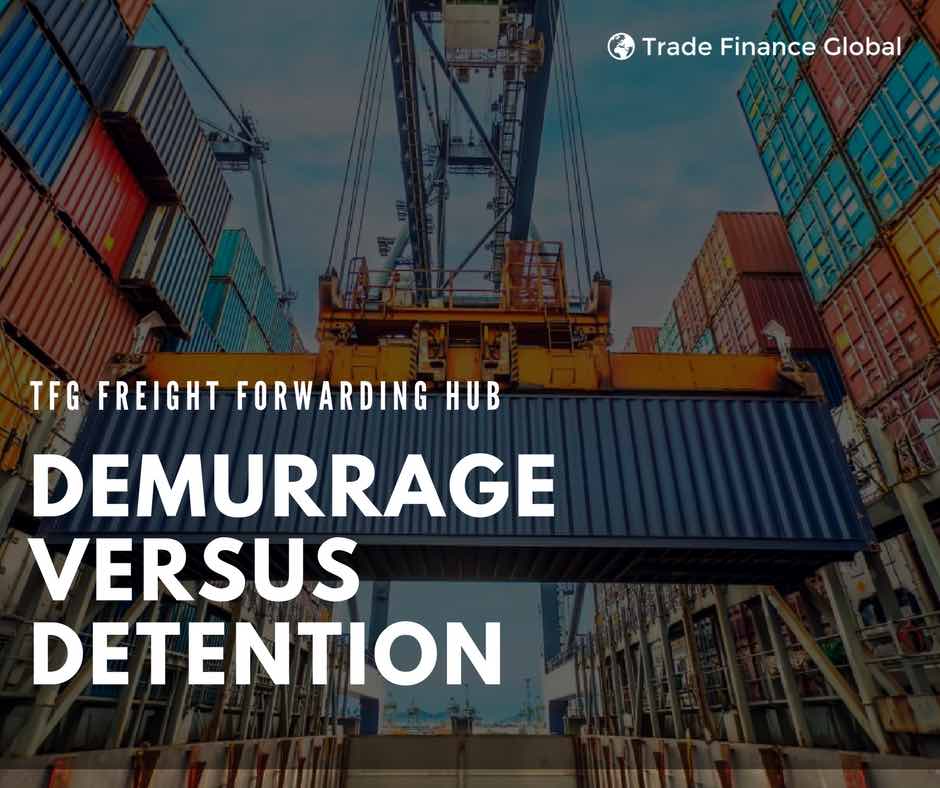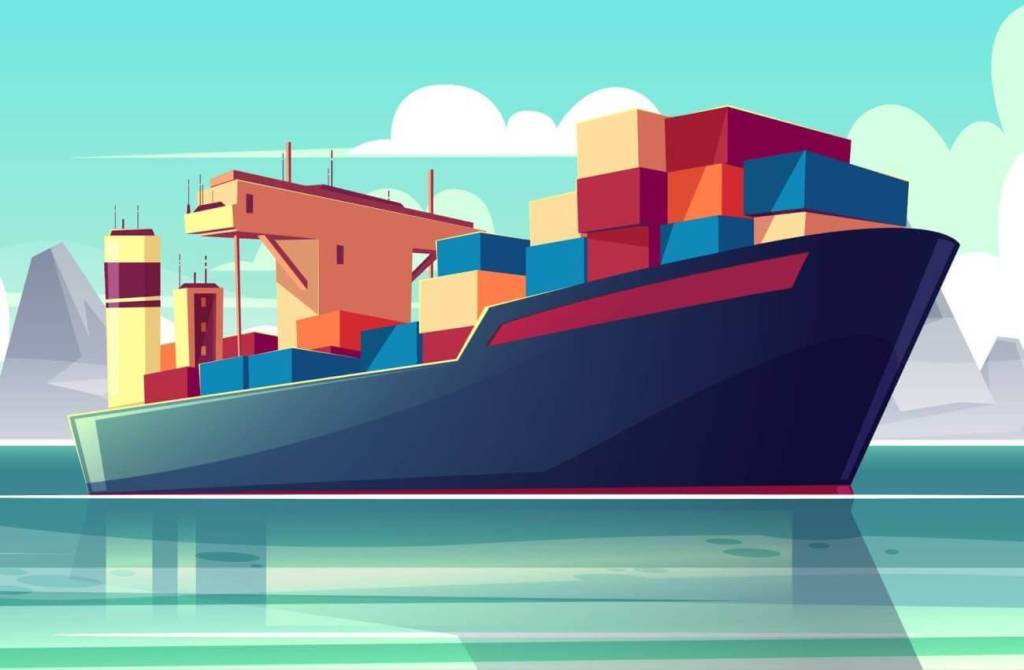Demurrage versus Detention – What’s the Difference? TFG 2025 Shipping Guide



Access trade, receivables and supply chain finance
We assist companies to access trade and receivables finance through our relationships with 270+ banks, funds and alternative finance houses.
Get startedContent
Freight forwarders, importers, exporters and many other parties within the space often hear the terms ‘demurrage and detention’. At Trade Finance Global, we often come across confusion between the two terms, and a not too much understanding about the key differences between demurrage and detention.
To start with, demurrage:
What is demurrage?
Demurrage is a fine to the buyer which is levied by a courier or freight provider if they do not take their goods away from a port or terminal. Often ports and terminals allow importers to store goods or containers for a number of ‘free’ days, after which charges are applied.
As an example; let’s say a container of widgets is being shipped from a supplier in China to a port in Amsterdam. The delivery is due on the 8th April and the consignee collects the delivery on the 20th April.
The shipping line normally allows 7 free days of storage (which is typical for shipping lines) therefore the consignee has until the 13th April to pick up the goods, after which they will get charged. So of the 14 days ‘dwell’ time of the goods, 7 days are free and 7 days are eligible to be charged demurrage. Demurrage would be calculated by a fixed charge times the number of days the container was held for after the free period.
We have put together a more detailed guide on demurrage here.

What is detention?
Other than the one issued for being naughty at school, detention is another charge that can be levied by a shipping transport provider for not returning an empty container to a container yard or port after an agreed time.
As an example, if the buyer of goods takes a container to their factory for 14 days to unpack, and the shipping port allows just 10 days to return the box, then the shipping line will be charged ‘detention’ for 4 days.
- All Topics
- Key Terms
- Incoterms Resources
- Podcasts
- Videos
- Conferences















